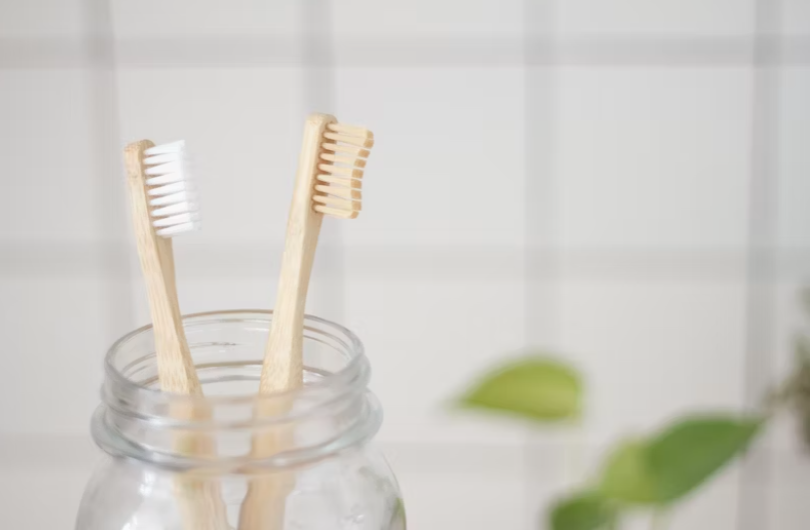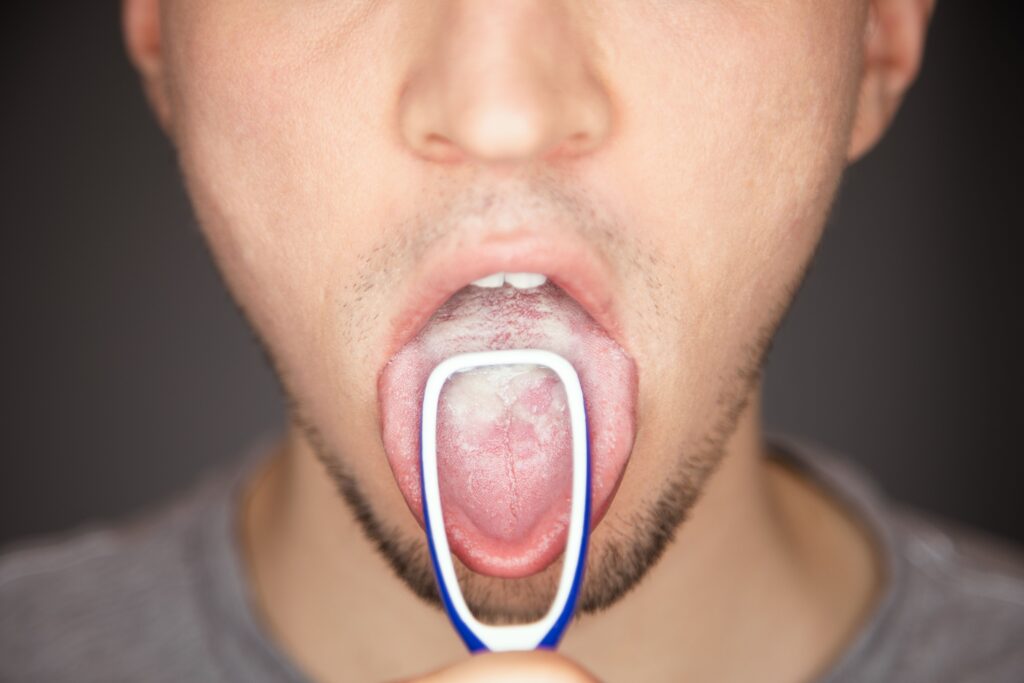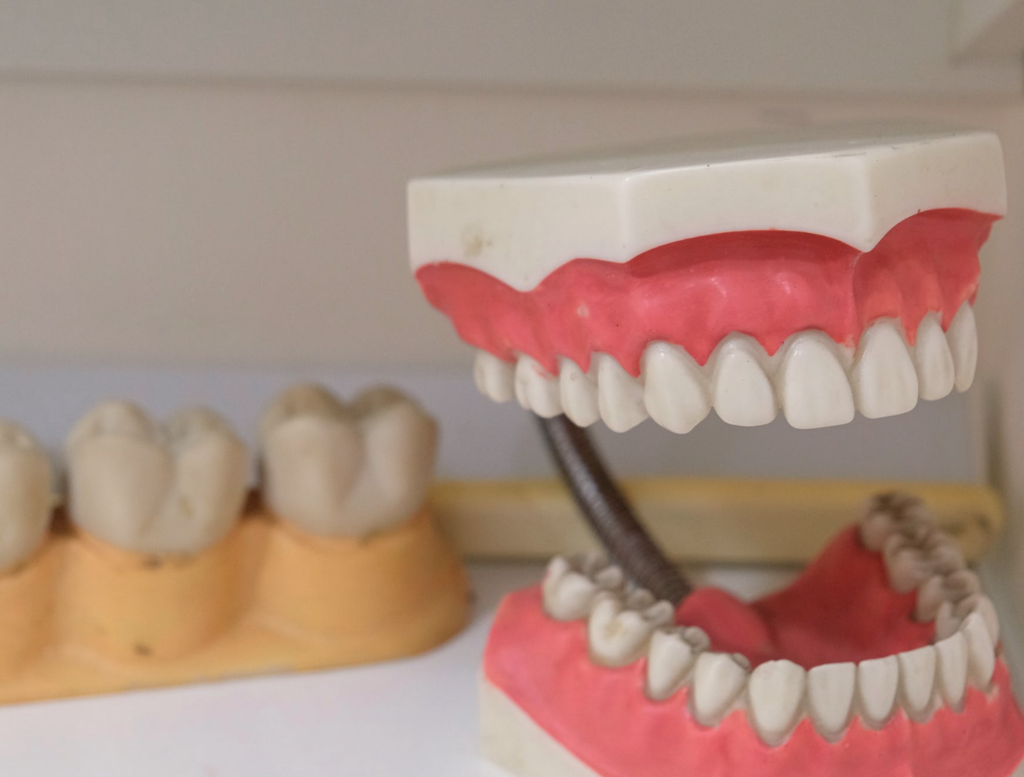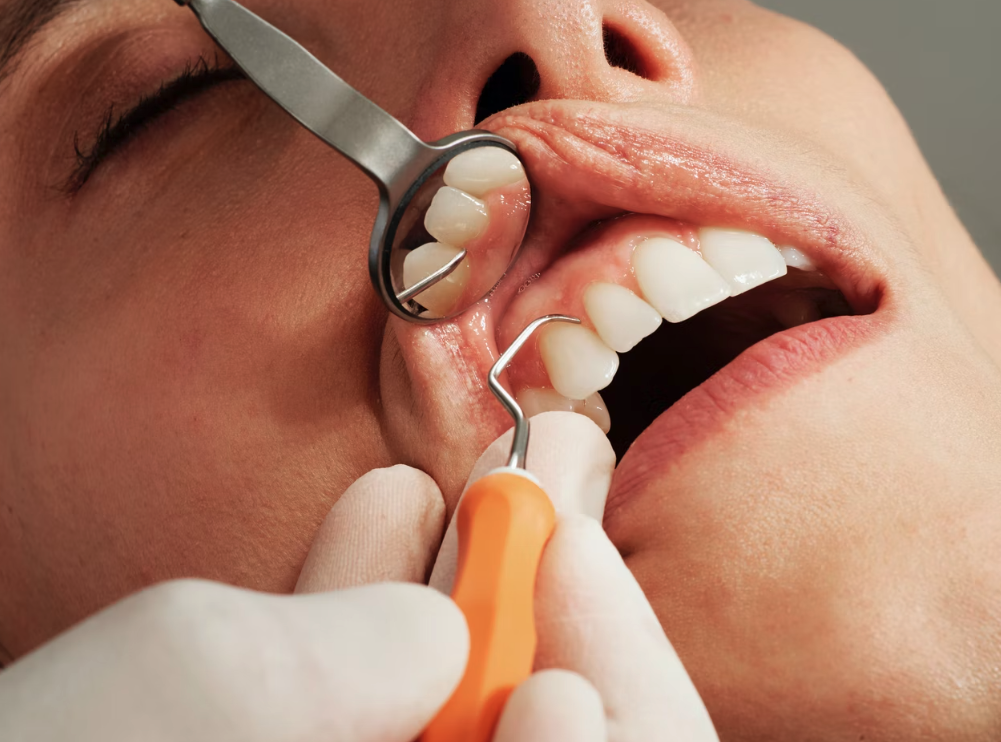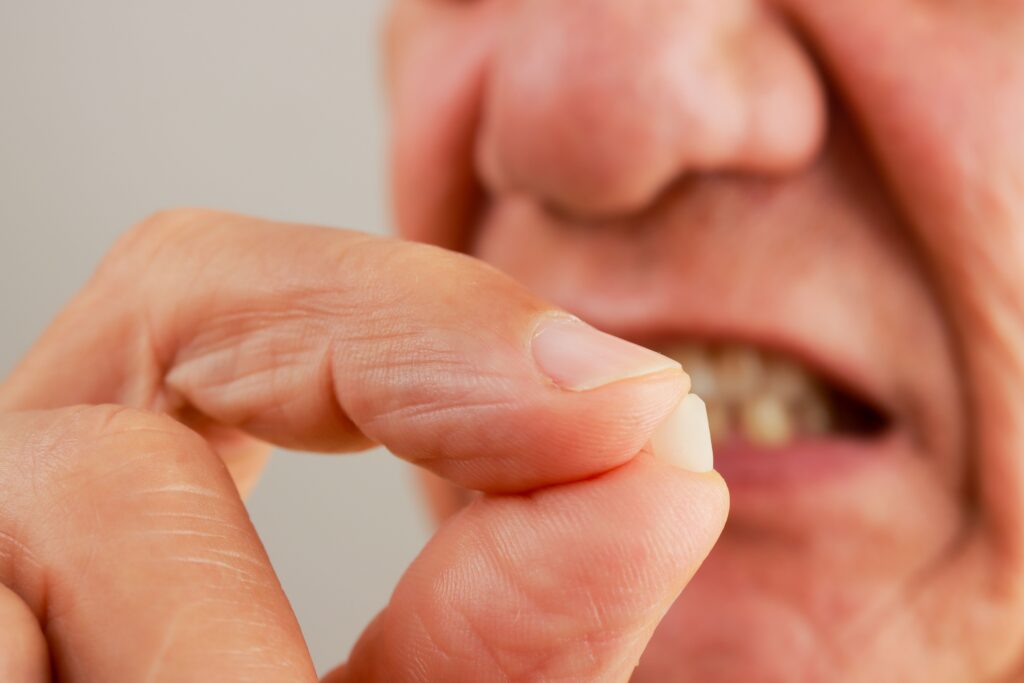Choosing the right toothbrush is an essential part of maintaining good oral hygiene. With so many options available, it can be challenging to know which type of toothbrush is best for your needs. This article will explore the different types of toothbrushes, explain their benefits, and provide guidance on selecting the right one for you.
How Many Kinds of Toothbrushes Are There?
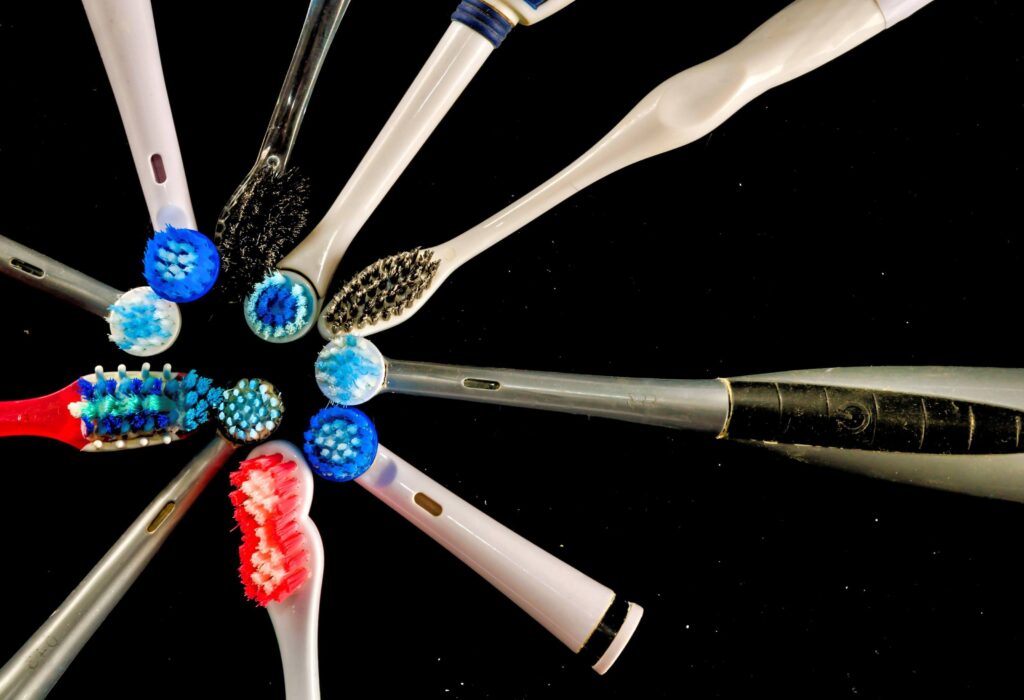
Toothbrushes come in a variety of types, each designed to meet different dental needs and preferences. Here are the main categories of toothbrushes:
- Manual Toothbrushes: These are the most common and traditional type of toothbrushes. They require the user to manually move the brush in circular or back-and-forth motions to clean the teeth and gums.
- Electric Toothbrushes: Electric toothbrushes use powered bristles that move in a rotating, oscillating, or vibrating motion to clean the teeth. They often come with multiple brushing modes and timers to help ensure thorough cleaning.
- Battery-Powered Toothbrushes: A middle ground between manual and electric toothbrushes, battery-powered toothbrushes look like manual ones but have a small motor that adds vibration to help with brushing.
- Interdental Toothbrushes: These small brushes are designed to clean between teeth or around dental appliances like braces. They are often used in addition to regular brushing.
- Kids’ Toothbrushes: These are specially designed for children, with smaller heads, softer bristles, and fun designs to encourage good brushing habits.
Which Type of Toothbrush Is Most Effective?
The effectiveness of a toothbrush depends on how well it is used rather than the type itself. However, studies have shown that electric toothbrushes tend to be more effective at removing plaque and reducing gum disease compared to manual toothbrushes. The consistent and rapid motion of the bristles ensures that all areas of the mouth are cleaned thoroughly, often with less effort than a manual brush.
That being said, a manual toothbrush can be just as effective if used correctly, with proper brushing techniques and for the recommended two minutes twice a day.
What Are the Different Types of Soft Toothbrushes?
Soft toothbrushes are often recommended by dentists because they are gentle on the gums and enamel while still effectively removing plaque and debris. Here are some of the different types of soft toothbrushes:
- Standard Soft Bristle Toothbrush: This is the most common type of soft toothbrush. It has bristles that are gentle on the gums and teeth, making it suitable for most people, including those with sensitive gums.
- Extra-Soft Toothbrush: For those with extremely sensitive gums or conditions like gum recession, an extra-soft toothbrush provides even gentler care while still cleaning effectively.
- Compact Head Soft Toothbrush: These toothbrushes have smaller heads, which allow for easier access to the back teeth and other hard-to-reach areas of the mouth. They are ideal for people with smaller mouths or those who find it difficult to reach certain areas with a standard-sized brush.
- Angled Soft Bristle Toothbrush: Some soft toothbrushes have angled bristles that are designed to reach between teeth and along the gumline more effectively. This design helps in removing plaque from areas that are often missed by standard toothbrushes.
What Type of Toothbrush Should Adults Use?
For most adults, a soft-bristle toothbrush is the best choice. Soft bristles are effective at cleaning teeth and removing plaque while being gentle enough to prevent damage to the enamel and gums. A manual soft toothbrush is sufficient for most people, but those who want a more thorough cleaning might opt for an electric toothbrush with soft bristles.
What Do Dentists Recommend for Toothbrush?
Dentists generally recommend using a soft-bristle toothbrush because it is less likely to cause damage to your teeth and gums compared to medium or hard-bristle brushes. They also suggest brushing for at least two minutes, twice a day, and replacing your toothbrush every three to four months, or sooner if the bristles become frayed.
For those who struggle with proper brushing technique, dentists often recommend an electric toothbrush with a built-in timer. The consistent motion of an electric toothbrush can be more effective at removing plaque, especially for people with limited dexterity or those who tend to brush too hard with a manual toothbrush.
What Is the Professionally Recommended Toothbrush?
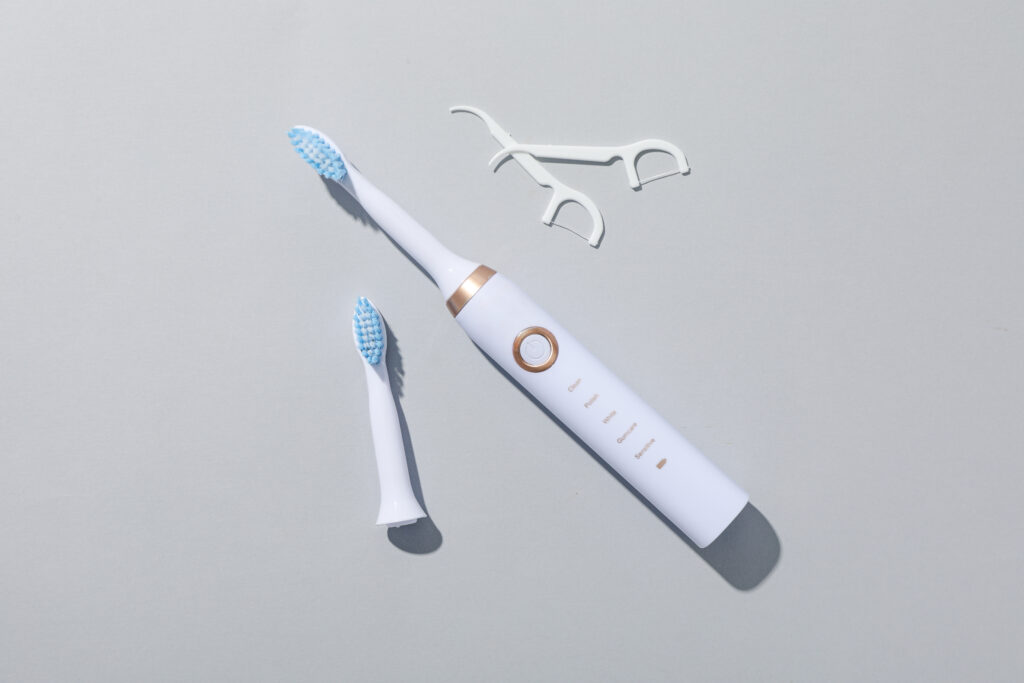
Professionally recommended toothbrushes typically include:
- Philips Sonicare: This brand is known for its electric toothbrushes that use sonic technology to create high-frequency vibrations, effectively cleaning teeth and gums. Many dentists recommend Sonicare for its thorough cleaning abilities and advanced features like multiple brushing modes and timers.
- Oral-B Electric Toothbrushes: Oral-B offers a range of electric toothbrushes with rotating and oscillating heads. Their toothbrushes are often recommended by dental professionals for their effectiveness in removing plaque and improving gum health.
- Manual Soft-Bristle Toothbrushes: Brands like Colgate and Crest offer high-quality manual toothbrushes with soft bristles that are widely recommended by dentists for their effectiveness and affordability.
How Do I Choose a Toothbrush?
When choosing a toothbrush, consider the following factors:
- Bristle Type: Soft bristles are generally recommended for most people, as they are gentle on the gums and enamel. Avoid hard bristles, which can cause damage over time.
- Toothbrush Head Size: The size of the toothbrush head should comfortably fit in your mouth and allow you to reach all areas, including the back teeth. A compact or small head is often easier to maneuver and can reach difficult areas better.
- Handle Comfort: The handle of the toothbrush should be comfortable to hold and easy to grip. This is especially important for people with arthritis or other conditions that affect hand dexterity.
- Manual vs. Electric: Consider whether you prefer a manual or electric toothbrush. Electric toothbrushes can be more effective for some people, especially those who have difficulty with manual brushing. However, they are also more expensive, so it’s important to weigh the benefits against the cost.
- Special Features: Some toothbrushes come with additional features, such as tongue cleaners, angled bristles, or ergonomic handles. While these features are not essential, they can enhance your brushing experience.
Is There Really a Difference Between Toothbrushes?
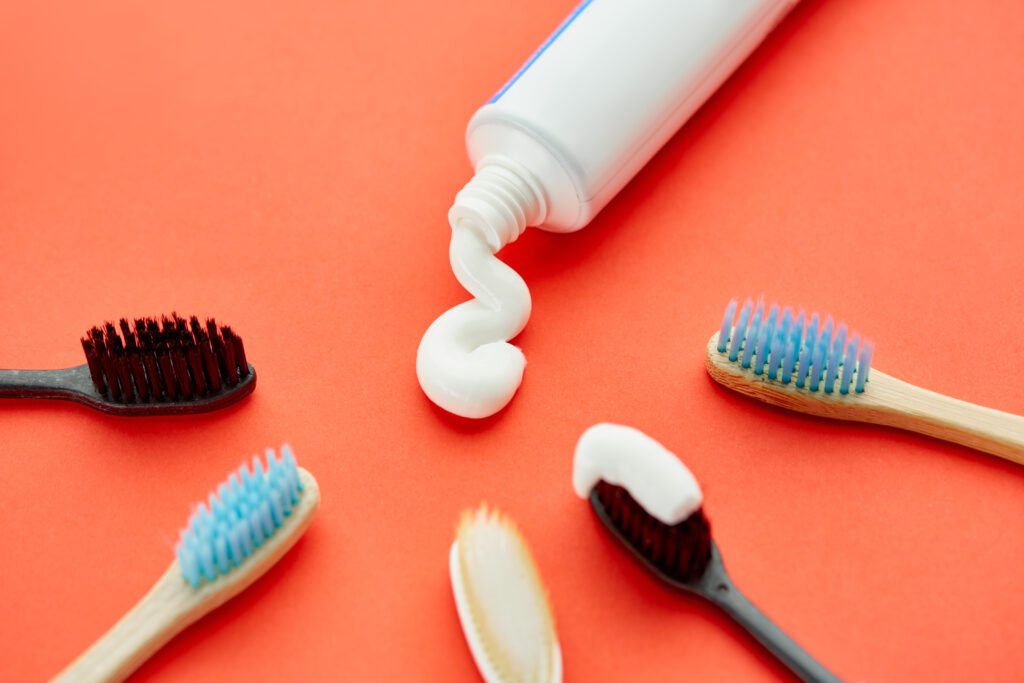
Yes, there is a difference between toothbrushes, but the key is finding the one that works best for you. The main differences lie in the bristle type, toothbrush head size, and whether the toothbrush is manual or electric. While all toothbrushes aim to clean your teeth and gums, the effectiveness can vary based on these factors.
For example, electric toothbrushes often offer a more consistent and thorough cleaning than manual toothbrushes, particularly for people with limited dexterity or those who struggle with brushing technique. On the other hand, manual toothbrushes give you more control over the pressure and movement, which some people prefer.
Soft-bristle toothbrushes are generally recommended over medium or hard bristles because they are less likely to cause damage to your teeth and gums. The size of the toothbrush head also matters, as a smaller head can reach more areas in your mouth, while a larger head might be more challenging to maneuver.
Conclusion
Choosing the right toothbrush is essential for maintaining good oral hygiene and preventing dental problems. While there are many types of toothbrushes available, the most important factors to consider are bristle type, toothbrush head size, and whether you prefer a manual or electric toothbrush. Soft-bristle toothbrushes are generally recommended for most people, as they are effective at cleaning while being gentle on the gums and enamel.
Electric toothbrushes are often more effective at removing plaque and improving gum health, especially for those who struggle with manual brushing techniques. However, a manual toothbrush can be just as effective if used properly.
Ultimately, the best toothbrush is the one that you feel comfortable using and that allows you to maintain a consistent oral hygiene routine. By considering your specific needs and preferences, you can choose a toothbrush that helps keep your teeth and gums healthy for years to come.


